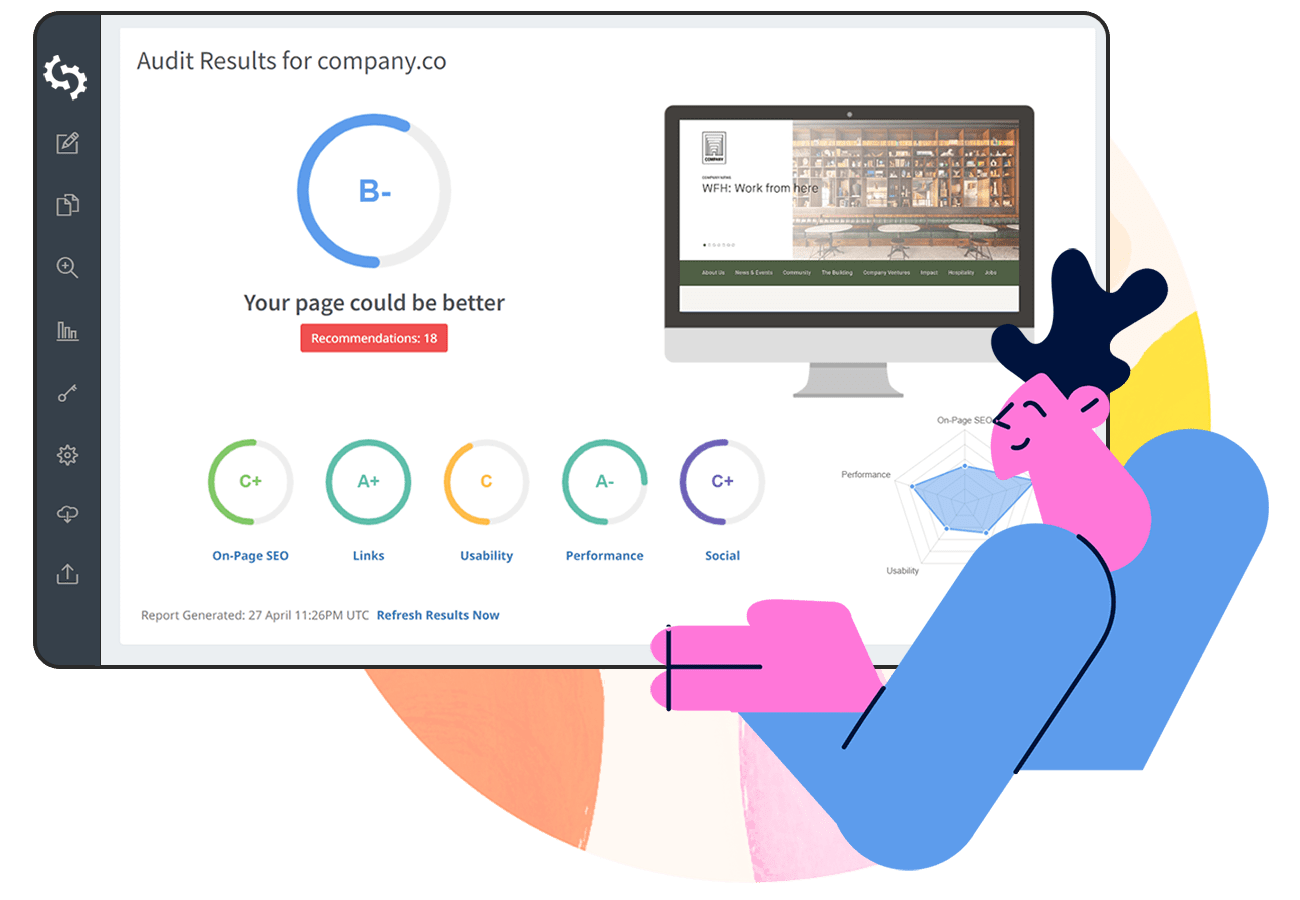
What is Keyword Consistency?
Keyword consistency can be defined as having keywords or sets of keywords that you want to rank spread out over the various elements of a web page.
Keyword Consistency in Action
Hyphenated words like “air-crew” or “chat-room” (as opposed to “aircrew” or “chatroom”) are read as two different words semantically by Google.
In your SEO audit, they’re separated into Individual and Phrases keywords:
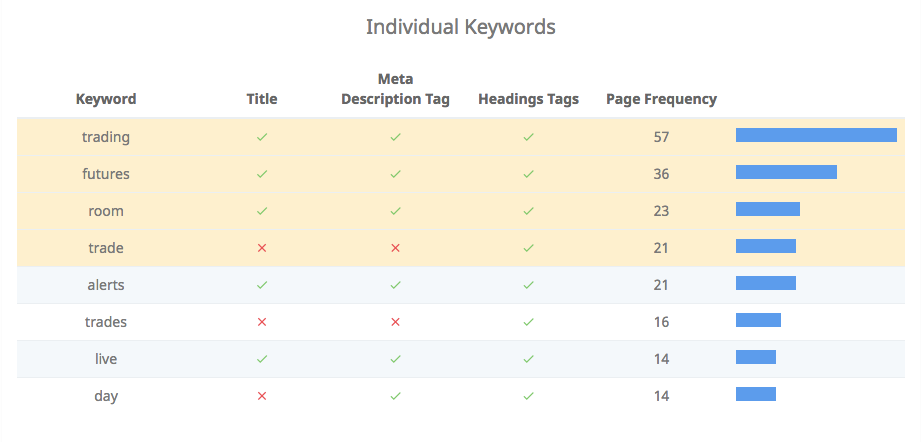
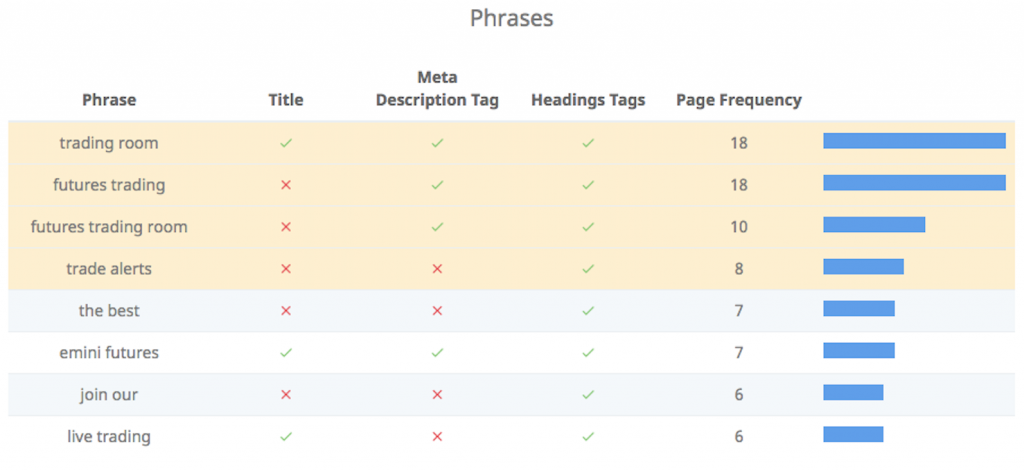
In our example here, “chat-room” and “chatroom” are considered to be two different words by search engine bots.
What this means is that if you use these two versions of the same word, they will be treated as separate words and dilute your keyword authority.
The same would apply to words that use trademarks such as ™. If you use these trademark symbols, use only one version since using both will reduce your keyword authority.
Keyword consistency is the act of using keywords that you want to rank for consistently.
Keyword Consistency vs. Keyword Density
Keyword density is the number of times a keyword is used in a website’s content. It is usually expressed as a percentage and exists in many variations, such as:
Density = ( Nkr / ( Tkn -( Nkr * ( Nwp-1 ) ) ) ) * 100
Density = your keyword density
Nkr = how many times a specific keyword is repeated
Nwp = number of words in the phrase
Tkn = total words in the analyzed text
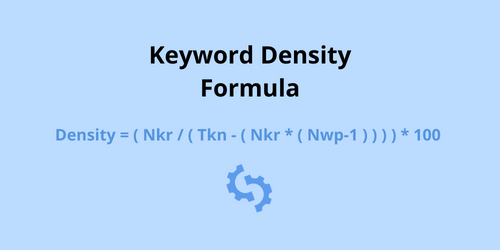
So, for a 400-word page about search engine optimization in which “search engine optimization” is used four times, the keyword phrase density is (4*3/400)*100 or three percent - Source: Wikipedia
On the other hand, keyword consistency is when the keyword is used in the most important places (e.g., the header, meta elements, headings, or alt text) throughout a web page and in a way that follows a particular order, pattern or syntax.
Google No Longer Uses Keyword Density as a Ranking Factor
“Keyword density, in general, is something I wouldn’t focus on. Search engines have kind of moved on from there.”—John Mueller of Google, 2014.
“Google reserves the right to do what we think is best to maintain the relevance of our search results, and that includes taking action on keyword stuffing.”—Matt Cutts, SEO tip: Avoid keyword stuffing
Keyword consistency is being used as a ranking factor.
Google takes keywords used in the title tag, meta description, headings, consistency, and frequency to indicate the topic of a page and its category.
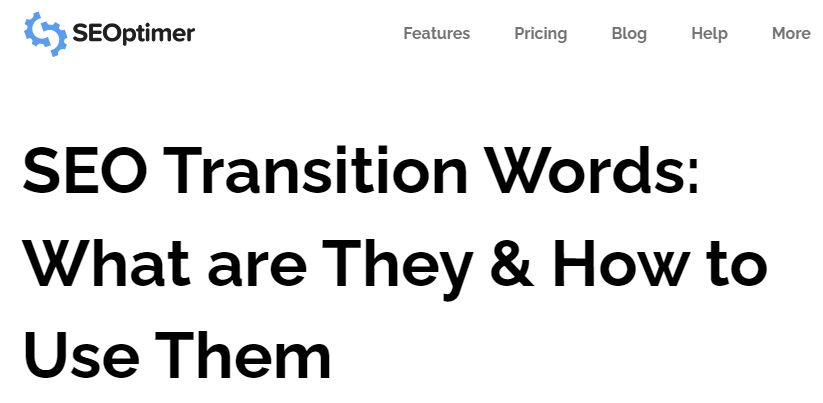
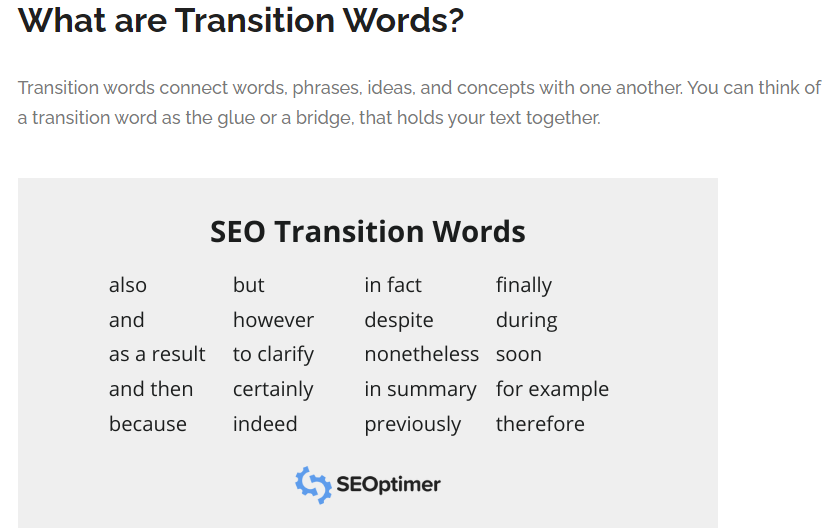
Why is It Important to Have Keyword Consistency on Your Webpages?
Higher Ranking in Search Results
When you use keywords consistently, search engine bots can easily find them on your website, increasing the chances of ranking higher in search engine results.
The keywords are an indicator of the category of your website, as well as a page’s relevance to search queries.
Bounce Rates
Keyword consistency keeps bounce rates low by telegraphing to search engines what your page is about, therefore only sending targeted users to your site who are searching for that particular content.
Imagine a user clicks on your website that shows “bespoke suits” only to find the link opening to a page with an article about children’s toys.
Keyword consistency allows you to use similar keywords in your H1 title and meta title, ensuring that the user will click on a headline and find the same topic in your title and page content; the two components are related and are relevant to the user’s intent.
How to Optimize Your Keyword Consistency
Use Only One Version of Compound and Hyphenated Words or Trademark Symbols
Use only one version of trademark symbols, and use it only once. A good place to use trademark symbols is in the footer or on the “About Us” page.
If the keywords that you intend to rank for are compound words, choose only one format.

Be very careful, even with capitalization. For instance, if you choose “chatroom,” stick to that; do not switch to “Chatroom” or “chat-room.”
Ensure That the Content in the H1 Tag and Meta Title is Similar
When you create a piece of content, for instance, an article, you have two titles—the H1 title (on-page title) and the meta title.
These two titles could be the exact same, but that would mean you lose out on SEO opportunities. In essence, the meta title should make your content clickable (that is, it should make the user want to know more).
In this case, you need to have a different meta title and H1 title, but they need to be similar in certain aspects; they do need to be similar to one another.
Here’s an example of a different H1 title and meta title. You can see that the H1 tag is “The 20 Top Social Media Management Tools for Businesses of All Sizes” whereas the title tag is “The 20 Best Social Media Management Tools for Businesses”.


Using completely different meta titles and H1 titles may actually make the user think that they have opened the wrong page and they may leave your site.
An example:
Title: What is the difference between keyword density and keyword consistency?
H1: Do you know the difference between keyword consistency and keyword density?
In this case, the two tiles are similar. The H1 is a direct address to the reader, while the meta title is more search-friendly.
Another example:
Title: 8 Keyword Density Options for 2022
H1: Keyword Density is Dead! What Next?
The meta title is more keyword-focused, while the H1 allows for some creativity.
One way to make your H1 titles creative is by using a colon. An example here would be:
To Hell With Keyword Density: 10 Ways to Beat Google at its Own Game
As you may have noticed, when you use a colon, the title becomes longer and gives you more space for creativity. This surely makes the title clickable, but may not be beneficial for SEO.
The meta title needs to be simple; use the keyword “keyword density” to make it resemble the H1 title.
While it may not be always necessary to have two titles, using two titles gives you a competitive edge, and can help increase your website’s relevance and trustworthiness.
Use the Keywords You Intend to Rank for in Specific Places on Your Webpage
There are five places that search engine bots will look at when they crawl your website and web pages:
- Your content’s URL
- Meta title
- Tagline (what is also known as the meta description)
- Header tags
- The main content on the page
- Images (Alt text, title of image, etc.)
- Meta tags (sometimes the spiders may check these, too)
- The image file name needs to include the main keyword that you want to rank for
What this means is that the keywords that you intend to rank for need to be mentioned in all the aforementioned areas.
Apart from using the relevant keywords in all the right places, you also need to have a strategy regarding how many keywords to target per page.
Ideally, you want to target one main keyword and two to three keywords per page.
Natural Language Processing (NLP) and Keyword Consistency
What is Natural Language Processing?
It is important to understand the intelligence behind the logic and the relationships between words when discussing NLP.
NLP can be defined as parsing through text and establishing the relationship between words as well as the meanings behind them.
The Components of NLP
- Tokenization – breaking a sentence into the distinct terms
- Salience – determines the relevance of the text to a topic. It is determined by word co-citation around the web and the relationships between entities
- Parts of speech tagging – word classification by parts of speech
- Sentiment – a score of the view or attitude towards entities in an article
- Lemmatization – determining whether a word has different forms
- Word Dependency – creates relationships between words based on grammar rules
- Content-Type Extraction – using structural patterns to determine the content type of given text
- Parse label – classifies the relationship between two words connected via a dependency
- Named entity extraction – identifies words with a “known” meaning such as names of places or people
- Structured implied meaning – this is establishing the secondary understanding of the text
- Subject categorization – classifying text into subject categories
- Text classification and function – determining the intended function of the content
How do We Integrate Keyword Consistency and NLP?
Remember, keyword consistency has to do with a particular keyword or a set of keywords that you intend to rank for, and how you consistently use them on your website.
Let’s look at how you can integrate the two concepts mentioned above.
1) Research the Kind of Questions that People Using Your Keyword Ask
User intent has become a core focus in search results. Many people do actually ask search engines questions, which is what led to the use of Google assistants like Alexa.
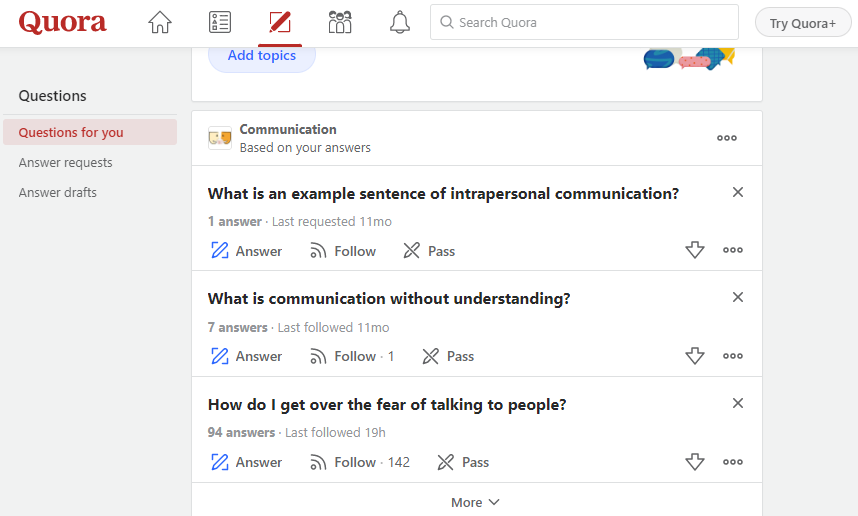
You could use discussion forums like Reddit and Quora to see the kind of questions that users are likely to ask.
The “People also ask” as well as the “People also search for” boxes in Google also provides insights into the type of questions users ask regarding the relevant keyword.


You then need to craft your content to answer those questions.
Ensure that your answers are short, just two to three sentences, and mimic the answers users would receive from assistants like Siri or Alexa.
Better still, ensure that the answer is a rephrasing of the question while using the same variant of the keyword the user keyed in.
Here’s an example:
User types in:
Why is it important to have keyword consistency on your web pages?
Answer:
The importance of having keyword consistency in your web pages is that it helps in ranking on search engines.
2) Ensure that Your Keyword Fits a Particular Unit of Classification
This is because NLP uses a concept known as parsing, which divides words or content into particular units of classification.
For instance, “keyword consistency” can be classified as a concept of SEO.
A question like “How many times should I use a keyword in order to achieve keyword consistency?”
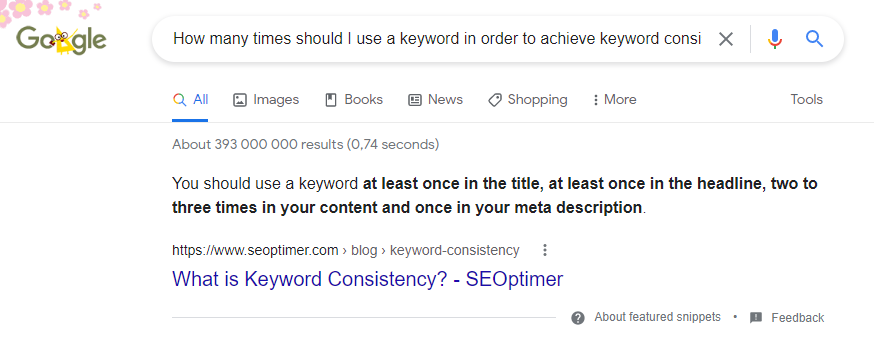
Whose answer is:
You should use a keyword at least once in the title, at least once in the headline, two to three times in your content, and once in your meta description.
The concept of “times” here will be classified as a determinant of frequency, thus the search engine bot will be looking for this in the answer. In the answer here, words like “once,” “two” and “three” denote frequency.
3) Use Simple Sentence Structures
Google’s NLP parsers need to crawl through a sentence without getting hung up.
This can only be possible if a sentence has a simple structure. This way, Google is able to create links between words.
If the sentence structure is complicated, Google will not be able to create those links or it may need to take quite a number of hops to try and create a relationship between the words.
Here is an image that explains the concept of hops.
 Image source: Briggsby
Image source: Briggsby
4) Go Straight to the Point in Your Content
When you beat around the bush, it makes it more difficult for Google to determine the answer’s precision, as the bots will not be able to parse the answer.
This further decreases the relevance of the content.
A query like “How many times should I use a keyword in order to achieve keyword consistency?”
With an answer like:
If you understand the concept of keyword density, it will be easy to understand keyword consistency. Though the concepts may be similar, they are quite different. Keyword density is the number of times a keyword is used in a website’s content. It is usually expressed as a percentage. On the other hand, keyword consistency is when the keyword is used in the most important places throughout a web page, in a way that follows a particular order, pattern, or syntax.
Such an answer is not by any means precise, making it difficult for Google to parse.
It is important to note at this point that Google’s reading abilities are not the best.
Therefore, if a sentence has an overly complicated structure, Google may not be able to accurately determine whether or not the content answers a question even if it is correct.
5) Avoid the Use of Unclear Antecedents
Words that refer back to the subject are known as antecedents. They are usually pronouns like he, she, and it.
A statement like “Keyword density is the number of times a keyword is used in a website’s content. It is usually expressed as a percentage.”
“It” here can be interpreted as “keyword” or “keyword density” by Google, thus the search engine may conclude that the answer with the antecedent is not the correct one.
6) Go Beyond Answering the First Question
Your content should go beyond the first question that comes to mind when you see a particular search term.
For instance, if a user keys in a search term like “keyword consistency”, they might be looking for the following:
- What is keyword consistency?
- How many times should I use a keyword in order to achieve consistency?
- How do I measure keyword consistency?
- Where exactly should I distribute the keyword?
This is where user intent comes in. You need to cover more than what the immediate need of the user is.
You may want to cover this in several pieces of content rather than just one. If your content is an article, you may want to make it long and informational.
Keyword consistency is a concept that you must try. It will help with ranking in search results and in reducing bounce rates.
 Image source: Hubspot
Image source: Hubspot
Be careful not to keyword stuff in a bid to achieve keyword consistency, though. You can also integrate Natural Language Processing into your keyword consistency efforts.
It’s impossible not to see the difference keyword consistency makes once you’ve put it to use.
How to Add Keywords in WordPress
Optimizing your page with keywords is about placing them in the right place. There are several places where you can keep the level of consistency that have the most impact on SEO.
These are:
- Title
- Meta Description
- Heading
- Alt Text
If you need more information on how to add your keywords to each place, you can go through them here:
How to Add Keywords in Wix
If you need to know where and how to add keywords to the Wix platform, here are some how-to guides we’ve written for you:
How to Add Keywords in Shopify
The following guides are here to help if you need assistance in adding keywords to each Shopify page:
Conclusion
Achieving the right keyword consistency is really important if you want to maximize your page’s ability to rank in the search engine results.
Follow the tips and suggestions in this article to ensure that you’re achieving the right keyword consistency on each page.
